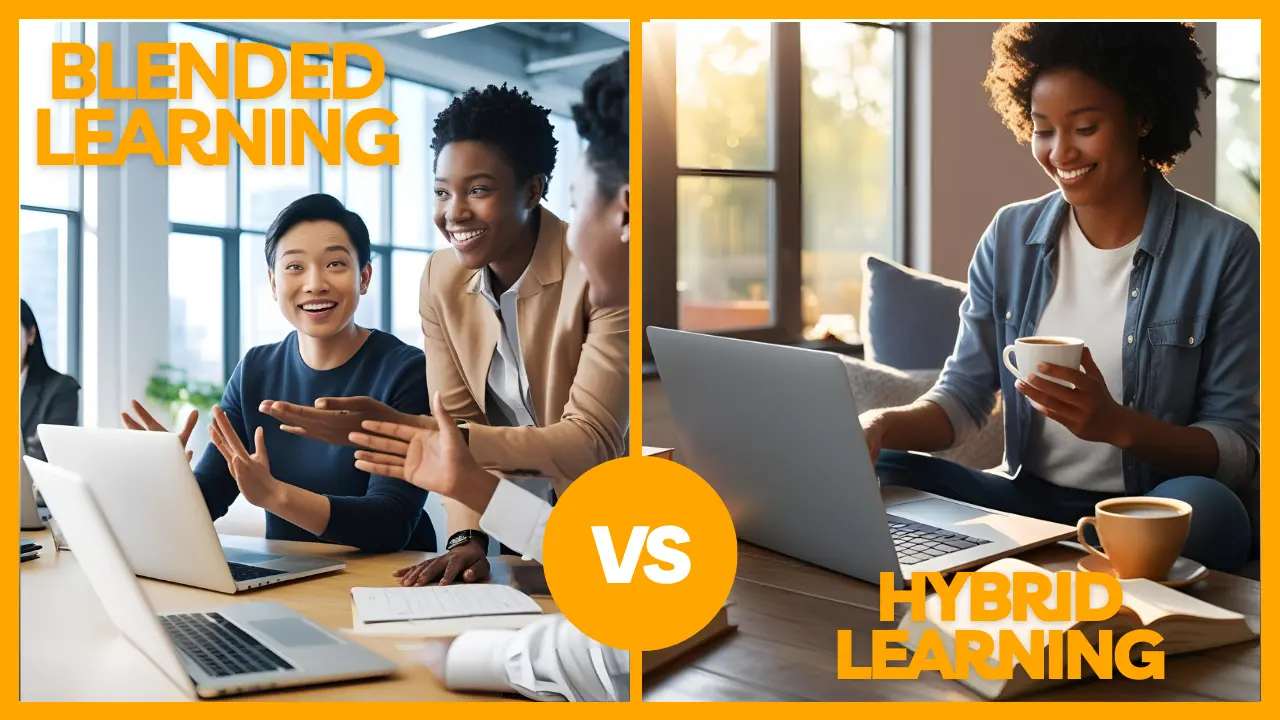Gamification applies gamified elements and principles to non-game contexts to better engage users. An example of this unique technique would be the popular coffee outlet Starbucks’ app, which has a loyalty system that awards users with stars for each order placed that can subsequently be spent on food and beverages.
In the last few years, gamification has gained prominence in educational settings. As of today, gamification principles and strategies are adopted both in formal (e.g., education, training, business, etc.) and informal contexts (entertainment). This article sheds profoundly explores the concept of gamification in learning management systems.
Benefits of Gamification in Learning Management Systems
- Increased Engagement and Motivation
From promoting friendly and healthy competition to making learning fun and interactive, incorporating gamified elements within a learning management system serves to capture the learner’s attention and motivate them to accomplish the tasks set for them. - Better Retention and Recall of Information
Learning and development in business or academic environments can become tedious and monotonous, limiting the retention of information. Gamification alleviates this problem. Its repeatable nature and encouragement of active learning improve recall of course content. - Enhanced Collaboration and Social Learning
By incorporating game aspects and mechanisms into non-game environments, gamification improves teamwork and social learning. It encourages participation, competition, and cooperation by encouraging people to interact, share knowledge, and solve issues collaboratively. - Real-Time Feedback and Performance Tracking
Gamification components, such as points or a progress bar at each level, make learning progress visible to both the student and the instructor. This aids in monitoring performance and facilitating real-time feedback on areas for improvement. - Personalized Learning Experiences
One of the primary advantages of gamification is that it enables learners to tailor their learning experiences. Learners can establish their own goals and progress at their own pace by using game components such as points, levels, awards, and leaderboards. It also allows learners to maintain the learning connection after the primary training is over. - Improved ROI and Business Results
Businesses are becoming increasingly cognizant of the fact that employees relish the opportunities to learn and advance their careers at work. Using an LMS and gamification approach together is a great strategy to boost your training possibilities and the overall learning experience for your team members.
Best Practices for Implementing Gamification in Learning Management Systems
- Identify Learning Objectives and Goals
For gamification to deliver the desired outcomes, it is important to define clear objectives for the learning process. Gamification elements like levels, modes, and rewards must be set as per your organizational goals. This makes the learning management system more relevant and engaging. - Understand Your Audience and Tailor the Game Elements
The audience (i.e., learners) shouldn’t feel disengaged while they are making it through different levels of the game. Thus, it becomes crucial to know what learners prefer and how the game elements need to be altered to match their skill levels and needs. - Choose the Right Game Mechanics
Game mechanics hold weight when it comes to making the learning process engaging. In other words, there should be a balance between challenges and rewards, and all the gamified elements should be relevant in terms of the storyline and the desired learning outcomes. - Use a Variety of Game Elements
Provide your learners with a basket of elements to play with and learn with. There are different options, such as levels, rewards, daily challenges, badges, and points, to engage your audience and make the learning process exciting. - Provide Real-Time Feedback and Recognition
The people in the learning sphere must be provided with immediate and real-time feedback on their performance. They should be rewarded and incentivized for exceptional achievements as well. - Monitor and Measure the Impact of Gamification
Feedback from the learners and data recorded by the learning management system are critical to analyzing and improving the learning and development program. Continuous iterations, as per the feedback, will bring efficiency throughout the system.
Examples of Gamification in Learning Management Systems
- Duolingo
Duolingo has a “streak” element, which is the number of days the user has finished a lesson in a row. If the user fails to meet their streak, the flame icon burns out. This keeps users returning to continue their “streak”. - Kahoot!
Kahoot! is an excellent example of gamification for academic settings. Kahoot! gamifies the learning experience through quizzes, jumbles, and even surveys. For example, the Kahoot quiz scoring system values speed and accuracy and ranks players according to those on the leaderboard. - IBM
IBM has incorporated a gamification-specific program. The IBM TechXchange Community badge program is designed to recognize community members who frequently contribute to the success and vibrancy of the community and everyone who participates in it. - Deloitte
Deloitte Learning Academy (DLA) incorporates missions, badges, and leaderboards alongside video lectures, in-depth courses, examinations, and quizzes into a user-friendly platform to engage users. - Pearson Education
Pearson’s gamification style is very distinctive. The site includes “missions” games that enable students to collect virtual currency called “Yoops,” which can be used to purchase academic classes, movies, virtual tutoring, and other services.
Challenges and Limitations of Gamification in Learning Management Systems
- Resistance to Change
Employees often show resistance to new methods of learning. Because of this, organizations keep it traditional with their LMSs rather than transitioning to a better program altogether. - Over-Reliance on Gamification
Gamification frequently uses rewards to motivate learners, such as badges or points. However, if learners rely only on gamification components, they may lose intrinsic motivation. They may become unduly reliant on a single game for performance. - Lack of Customization
Learners’ preferences and needs may not always be met by gamification components in an LMS. Different learners may react differently to game mechanics, making a one-size-fits-all approach ineffective. - Short-Term Engagement
The learning management systems that utilize gamification face the challenge of maintaining learners’ attention over a period of time. If the LMS and the associated gamified elements are not well designed, the impact of gamification may be short-lived. - Ethical Concerns
The effectiveness of gamification is based on the degree to which the gaming elements are considered ethical. Issues such as manipulation, privacy, coercion, and non-productiveness may arise due to improper implementation of gamified elements.
Conclusion
Gamification is an evolving trend in the learning and development industry. It can be used in conjunction with other training methods to drive more impactful and engaging results. The power of gamification lies in its ability to provide a fun and engaging way to learn, while simultaneously increasing performance and productivity.
However, it’s important that the gamification experience in a learning management system be well thought out and designed. Otherwise, learners may feel disengaged and lose interest. GyrusAim LMS uses gamification mechanics to make learning fun and engaging. It helps every learner stay on track and meet his or her learning goals. Schedule a demo to learn more about it.









